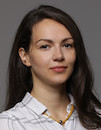Digital Image Processing and Analysis
Data is displayed for academic year: 2023./2024.
Laboratory exercises
Course Description
Elements of the human visual system. Two-dimensional (2D) sequences. Linear 2D system. 2D convolution. Sampling and quantization. 2D transforms. Image enhancement in the spatial domain. Image histogram operations. Histogram equalization and specification. Homomorfic filtering. Median filter. Image enhancement in the frequency domain. Image restoration. Inverse and pseudoinverse filters. Wiener filter. Geometric image transformations. Representation and processing of color images. Image feature extraction. Principal component analysis. Edge detection. Gradient and compass operators. Object boundary detection. Image segmentation. Hough transform. Clustering methods. Texture segmentation. Optical flow. Applications in biomedicine, industrial visual quality control, and communications.
Study Programmes
University undergraduate
[FER3-EN] Computing - study
Elective Courses
(6. semester)
[FER3-EN] Electrical Engineering and Information Technology - study
Elective Courses
(6. semester)
University graduate
[FER3-EN] Data Science - profile
Recommended elective courses
(2. semester)
Learning Outcomes
- Define and describe concepts of image and video processing and analysis
- List examples of digital image and video processing applications
- Explain methods for image processing and analysis
- Analyze a practical image processing and analysis problem
- Combine acquired knowledge and propose a solution to the given problem
- Evaluate a practical solution to an image processing and analysis problem
Forms of Teaching
Lectures
The lectures present theoretical concepts and algorithms followed by concrete examples.
ExercisesSolving practical tasks related to the lectures.
LaboratoryUsing a computer to process and analyze images.
Grading Method
| Continuous Assessment | Exam | |||||
|---|---|---|---|---|---|---|
| Type | Threshold | Percent of Grade | Threshold | Percent of Grade | ||
| Laboratory Exercises | 50 % | 20 % | 50 % | 20 % | ||
| Seminar/Project | 20 % | 20 % | 20 % | 20 % | ||
| Mid Term Exam: Written | 20 % | 30 % | 0 % | |||
| Final Exam: Written | 20 % | 30 % | ||||
| Exam: Written | 50 % | 60 % | ||||
Comment:
The threshold on the sum of the midterm and the final exam is 50%.
Week by Week Schedule
- Light and EM spectrum, Human visual system, Image sampling and quantization, Discrete geometry, Image sensors, Application areas
- 2D linear systems, Basic image processing operations
- 2D Fourier transform, 2D discrete cosine transform, 2D discrete sine transform, 2D discrete wavelet transform, Karhunen-Loeve transform, Interpolation techniques, Geometric transforms
- Gray-level transformations, Histogram operations, Spatial filtering, Median filtering, Homomorphic filtering
- Image degradation models, Noise models, Inverse filter and pseudoinverse filter, 2D Wiener filtering
- Color representation, Color models, Color spaces, Color transformations
- Application areas, Project
- Midterm exam
- Edge and corner detection, Scale space, Orientation Histogram, Hessian operator, Curvature estimation, Detection of discontinuities
- Image segmentation, Boundary detection, Thresholding, Region growing, Watershed segmentation, Segmentation by motion, Mean shift cllustering, Graph-based methods, Hough transform
- Shape analysis, Region representation, Boundary descriptors, Region descriptors, Shape description methods, Classification of shape, Texture features, Texture analysis, Texture analysis, Shape analysis, Dilation and erosion, Opening and closing, Thinning and skeletons, Grayscale morphology
- Motion analysis
- Project
- Project
- Final exam
Literature
For students
General
ID 223335
Summer semester
5 ECTS
L1 English Level
L2 e-Learning
30 Lectures
0 Seminar
0 Exercises
15 Laboratory exercises
0 Project laboratory
0 Physical education excercises
Grading System
87 Excellent
75 Very Good
63 Good
51 Sufficient


 Pristupačnost
Pristupačnost



